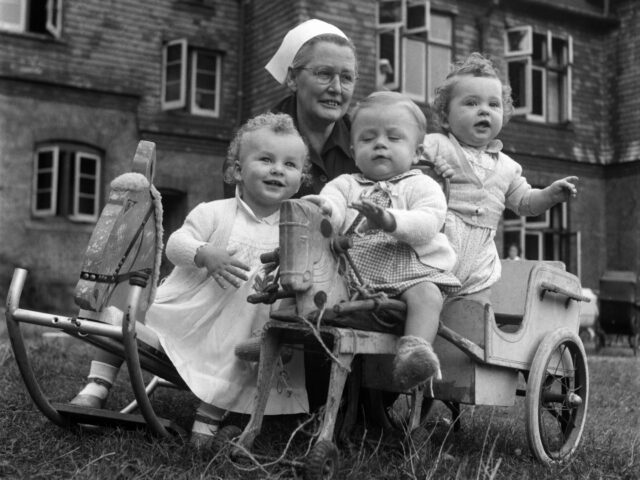The birth rate in England and Wales has fallen to a new low since records began in the 1930s, with the rate falling to just one and a half children per woman in 2022.
Figures from the Office for National Statistics (ONS) found that the total fertility rate fell to 1.49 children per woman in 2022, far below the rate of 2.1 needed to maintain population levels and the lowest since records began in 1939.
According to the statistics, there were 605,479 live births recorded in 2022, a 3.1 per cent decline over the previous year and also the lowest overall figure since 2002.
The data also showed that the rate of women having children was highest between the ages of 30 to 34, compared to 25 to 29 just twenty years ago, suggesting that British women are delaying having children.
Commenting on the birthrate decline, chief executive of Pregnant Then Screwed, Joeli Brearley told The Guardian: “It is no surprise to us that fertility rates have hit the floor. Procreation has become a luxury item in the UK. Childcare costs are excruciating, and that’s if you can secure a place.
“Our research found that almost half of parents have been plunged into debt or had to use savings just to pay their childcare bill,” she said.
Speaking to the globalist Financial Times newspaper, James Pomeroy, an economist at the HSBC bank, said that without mass migration, the birthrate decline would result in the British population falling by 25 to 30 per cent over the next generation. He claimed that a declining native population either needs “more immigration, higher taxes, worse public services or a higher retirement age”.
Death of Family: Majority of Babies Born Out of Wedlock for First Time in Historyhttps://t.co/nUsmKeOL9X
— Breitbart London (@BreitbartLondon) August 10, 2022
However, Dr Mary-Ann Stephenson of the Women’s Budget Group said that the native birth rate was likely declining due to economic factors, such as the price of childcare but also the soaring price of housing in the UK.
Since the gates of mass migration were opened under the left-wing Tony Blair government, the median income has remained essentially stagnant, rising by just £90 per week since 1997 in real terms, in part as a result of millions of foreigners coming into the country and devaluing the cost of labour.
Conversely, the supply of housing was stretched thin and therefore saw sharp increases in prices, with the average price of a house in Britain rising from £130,499 in 1997 to £269,242 in 2022, effectively prohibiting many young people from getting on the property ladder.
Adding insult to injury, the British tax code taxes earnings individually rather than on a family unit as a whole, which means that families that rely on a single income of meaning that families reliant on a single income of £50,000 will take home less money than two salaries of £25,000, incentivising both partners to work rather than having one stay at home with children.
Despite the declining demographics of the native British population, the Conservative government has appeared disinterested in creating pro-motherhood schemes adopted in countries such as Hungary and Poland, but rather to merely rely on mass migration to fill the gap, allowing net migration to hit 1.2 million over the past two years, alone.
The French birth rate has declined to such an extent that the birth-to-death ratio is now nearly equal, the lowest level since World War II. https://t.co/AOOxFv1SsL
— Breitbart News (@BreitbartNews) August 5, 2023

COMMENTS
Please let us know if you're having issues with commenting.